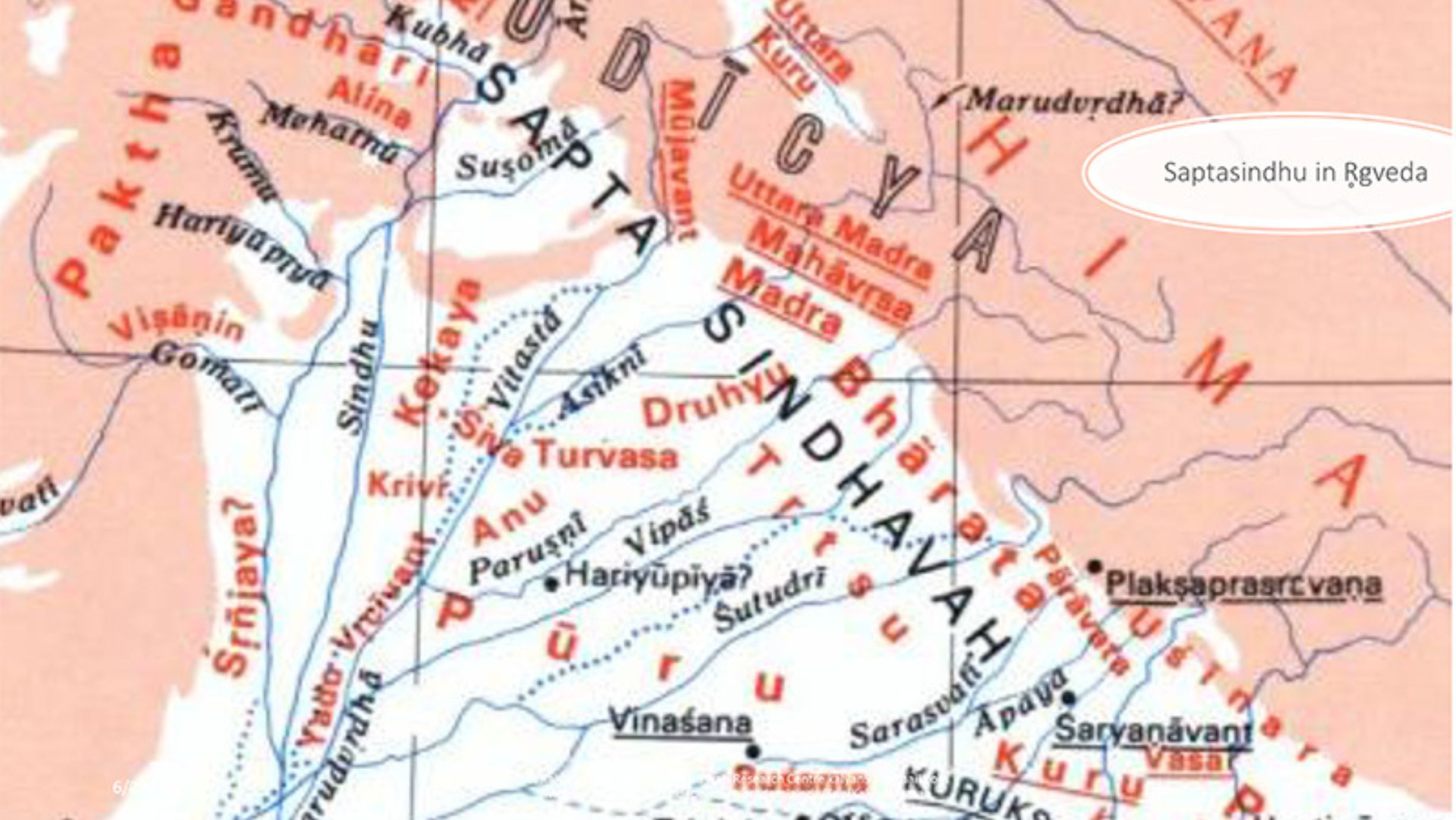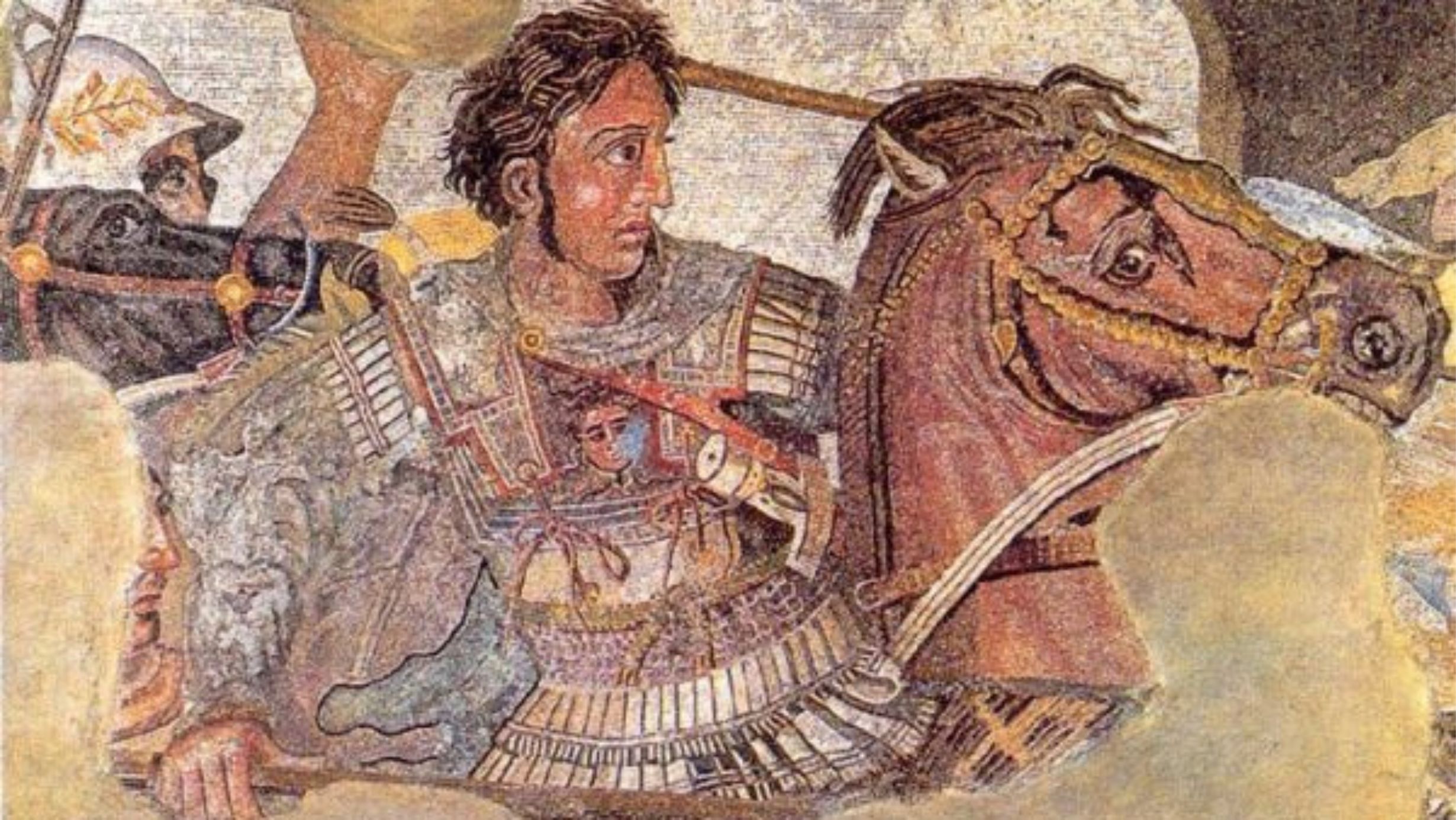The Sindhu River, also known as the Indus, is one of the world’s great rivers. Flowing over 3,000 kilometers from the Tibetan Plateau through India and Pakistan, it has shaped landscapes and civilizations for thousands of years. Its waters nourished the ancient Indus Valley Civilization, one of humanity’s earliest urban cultures. Even today, the Sindhu remains vital, supporting millions of people and vast agricultural lands. This river isn’t just a geographical feature; it’s a lifeline woven into the region’s history, culture, and identity. Let’s explore the Sindhu’s incredible journey through time and history.
The Birth of the Sindhu: Geographical Origins

The Sindhu River begins its journey in the Tibetan Plateau near Lake Mansarovar. Its source lies in the Kailash mountain range, at an elevation of about 5,500 meters. From there, the river flows northwest into the Ladakh region of India, cutting through deep gorges and valleys.
As it continues, the Sindhu enters Pakistan, flowing southwest across the length of the country. It passes through the plains of Punjab and Sindh, eventually emptying into the Arabian Sea near Karachi. Along its path, the river provides water for millions of people and supports vast agricultural regions. Its course has shaped both landscapes and livelihoods for centuries.
The Sindhu in the Cradle of Civilization
The Sindhu River played a key role in the rise of the Indus Valley Civilization, one of the world’s earliest urban cultures. Flourishing around 3300 BCE, this civilization thrived along the river’s fertile banks. The Sindhu provided water for agriculture, enabling the development of advanced farming techniques. Its steady flow also supported trade and transport, connecting distant regions.
Major urban centers like Harappa and Mohenjo-Daro developed along the Sindhu. These cities boasted sophisticated architecture, drainage systems, and grid-planned streets. The river’s resources allowed these cities to flourish for centuries. It truly was the lifeblood of this ancient civilization’s economy and culture.
Sindhu in Ancient Texts: A River of Myths and Legends
The Sindhu River holds a prominent place in ancient Vedic literature. It is frequently mentioned in the Rigveda, one of the oldest sacred texts of Hinduism. In the Vedas, the river is celebrated as a powerful, life-giving force. It was revered not only for its physical importance but also for its spiritual significance.
In Hindu mythology, the Sindhu is often associated with divine forces. It was seen as a symbol of fertility, prosperity, and purity. Pilgrims considered bathing in its waters a sacred act to cleanse sins. Beyond Hinduism, the river also held importance in ancient Persian texts, symbolizing strength and unity.
The Lifeblood of Empires: Sindhu in Historical Trade and Commerce
The Sindhu River was vital to ancient trade and commerce, serving as a major artery for transporting goods. Traders used its waters to move items like textiles, spices, grains, and precious stones between regions. The river connected the rich Indus Valley with Central Asia, the Arabian Peninsula, and beyond. This made the Sindhu a key part of the ancient Silk Road network.
Empires such as the Maurya and Persian Empires relied on the river for economic growth. It boosted trade, allowing goods to flow easily between distant territories. The Sindhu also supported agriculture, which fueled regional economies. Its influence helped strengthen these early empires and expand their reach across South Asia.
Alexander the Great and the Sindhu River

Alexander the Great’s encounter with the Sindhu River was a pivotal moment in his campaign to expand his empire into India. In 326 BCE, after conquering Persia, Alexander led his army across the Sindhu, marking his furthest advance into the Indian subcontinent. The river posed both a geographical challenge and a strategic opportunity for Alexander’s forces. His army had to navigate its strong currents while dealing with local resistance.
The Sindhu River’s strategic importance was undeniable. It served as a natural boundary and provided access to the rich lands of the Indus Valley. Controlling the river allowed Alexander to establish a foothold in the region and extend his empire’s influence. However, after crossing the river and facing fierce resistance from local kings like Porus, his army grew weary, eventually leading to their retreat.
Religious and Cultural Symbolism of the Sindhu
The Sindhu River holds deep religious significance in Hinduism. It is considered sacred, symbolizing purity, prosperity, and life. Many Hindu rituals involve water from the Sindhu, as it is believed to have spiritual cleansing powers. Pilgrims view bathing in its waters as a way to wash away sins and attain spiritual purity.
The river’s importance is also reflected in various Hindu festivals and pilgrimages. During religious events like Sindhu Darshan, devotees travel to the river to pay homage. The festival celebrates the river’s role in nurturing life and culture. For centuries, the Sindhu has remained a symbol of spiritual renewal and divine blessing, deeply woven into Hindu religious practices.
The Sindhu Under Colonial Rule: A Changing Landscape
During British colonization, the Sindhu River’s landscape underwent significant changes. The British saw the river as a crucial resource for controlling agriculture and trade in the region. They initiated major irrigation projects, such as the construction of canals, to divert its waters for farming. These efforts transformed the fertile plains of Punjab and Sindh into productive agricultural hubs.
However, British control over the Sindhu also disrupted local economies and livelihoods. Colonial authorities prioritized cash crops like cotton and wheat, altering traditional farming practices. Large-scale irrigation led to environmental issues, including soil salinization and waterlogging. The British control of the river’s resources was driven by economic interests, reshaping the region’s agricultural landscape and leaving a lasting impact on its environment and people.
Partition of India: The Sindhu’s Role in a Divided Subcontinent
The partition of India in 1947 divided the Sindhu River’s basin between the newly created nations of India and Pakistan. This division of the river’s waters created immediate political tensions. Pakistan inherited most of the river’s flow, while India retained control over key upstream tributaries. The partition transformed the Sindhu into a symbol of both division and cooperation between the two countries.
Water-sharing became a major point of conflict. To address this, the Indus Waters Treaty was signed in 1960, brokered by the World Bank. It allocated control of three eastern rivers to India and three western rivers, including the Sindhu, to Pakistan. Despite the treaty, disputes over water rights and usage persist, reflecting the ongoing political complexities tied to the river’s partition.
Sindhu Today: A Modern Resource Under Threat

Today, the Sindhu River faces numerous challenges that threaten its health and sustainability. Pollution from industrial waste, agricultural runoff, and untreated sewage significantly degrades water quality. This contamination affects both local communities and aquatic life. Additionally, climate change has altered rainfall patterns, leading to reduced water flow and increased drought risks.
Efforts to conserve the Sindhu’s ecosystem are underway. Various organizations and governments are working together to promote sustainable water management practices. Initiatives include reforestation projects along riverbanks, which help reduce erosion and improve water quality. Community awareness programs are also educating locals about the importance of protecting the river. These combined efforts aim to ensure the Sindhu remains a vital resource for future generations while preserving its rich biodiversity.
Conclusion: Sindhu River
The Sindhu River has left an indelible mark on South Asian history and culture. Its waters have nourished civilizations, inspired myths, and facilitated trade for thousands of years. As a symbol of continuity, the Sindhu embodies the resilience of the people and cultures that depend on it. Today, it serves as a reminder of our shared heritage and the importance of protecting natural resources. The river’s legacy continues to influence the identities of India and Pakistan, highlighting the need for cooperation in preserving this vital lifeline for future generations.
FAQs
What are the major tributaries of the Sindhu River?
The Sindhu River has several significant tributaries, including the Jhelum, Chenab, Ravi, and Sutlej rivers. These tributaries contribute to the river’s flow and play a crucial role in the hydrology of the region.
How has the Sindhu River influenced local cultures and traditions?
The Sindhu River is deeply embedded in the cultural practices and traditions of the communities living along its banks. It features prominently in folklore, local festivals, and agricultural practices, reflecting the river’s importance in sustaining life and culture.
What is the historical significance of the Sindhu River in terms of biodiversity?
The Sindhu River basin is home to diverse flora and fauna. Historically, it has supported unique ecosystems, including migratory bird habitats and fish species that are important to local diets and economies.
What are the impacts of urbanization on the Sindhu River?
Urbanization around the Sindhu has led to increased pollution and habitat destruction. Rapid population growth and industrial expansion contribute to the degradation of the river’s ecosystem, affecting water quality and local wildlife.
How is climate change expected to affect the Sindhu River in the future?
Climate change poses significant threats to the Sindhu River, including altered precipitation patterns, glacial melt, and extreme weather events. These changes can lead to flooding, reduced water availability, and increased competition for resources among the communities that rely on the river.

